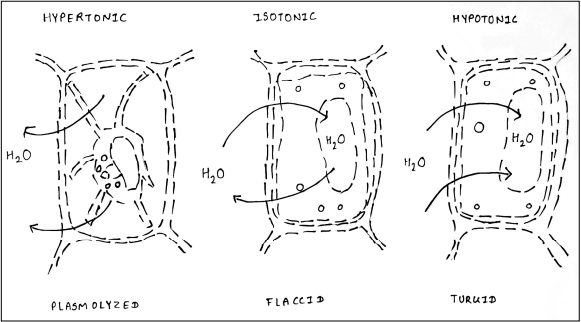Introduction to Indole Test:
Indole test is used for characterization of coliforms. Coliforms are the bacteria that are present in our digestive system. The coliforms are members of Enterobacteriaceae family. Morphologically these bacteria are rod shaped and gram-negative type. Indole test is one of the ideal methods used to distinguish the E.coli from Enterobacter and Keibsiella. The method distinguishes and characterizes the bacteria based on the ability of bacteria to degrade the tryptophan (an amino acid) into indole, and hence the name Indole test. Not all the coliforms have the ability to degrade tryptophan, and hence this ability is exploited to distinguish the members of Enterobacteriaceae family. In IMViC test, the “I” stands for Indole test.
In Indole test, the biochemical Kovac’s reagent is used; it contains papa-dimethyalamonobenzaldehyde (DMAB), isoamyl alcohol, and concentrated Hydrochloric acid. The name of reagent derives is from Scientist Erwin Kovac.
Principle:
The tryptone broth contains tryptophan (an aromatic amino acid). Few members of Enterobacteriaceae family have the ability to deaminate and hydrolyse the tryptophan into indole and pyruvic acid. This biochemical reaction is catalyzed by tryptophanase enzyme. Hence, the bacteria that have gene for tryptophanase enzyme will only be able to degrade tryptophan into Indole and pyruvic acid. When Kovac’s reagent is added, the produced indole reacts with added Kovac’s reagent and forms cherry red colour, and appears as a ring on the top of the broth because of isoamyl alcohol.

Materials required:
- Coliform culture
- Tryptone broth composition:
| Ingredients | Quantity |
|---|---|
| Tryptone | 10gm/L |
| Sodium chloride | 5gm/L |
| pH | 7.5±0.2 |
- Test tubes
- Kovac’s reagent
Procedure:
- On the first day, prepare the tryptone broth as per the mentioned composition, and adjust pH to 7.5.
- Dispense the media test tubes.
- Autoclave the test tubes that contain prepared media.
- Under sterile condition, inoculate the test organism in the media (dispensed in the test tubes).
- Incubate the test tubes for 24 hours at 37°C.
- On the second day, collect the incubated tryptone broth test tubes from the incubator and add the biochemical Kovac’s reagent.
- Allow the test tubes to stand for 5 to 10 min.
Observation: The cherry red colour ring is either formed or not formed.
Result: If Cherry red colour ring is formed then it is Indole positive and if there is no ring formation it is indole negative.
Conclusion: The Indole positive test indicates that the given organism contains tryptophanase whereas, the indole negative test indicates that given organism lacks tryptophanase.

Need more help? Click here.


